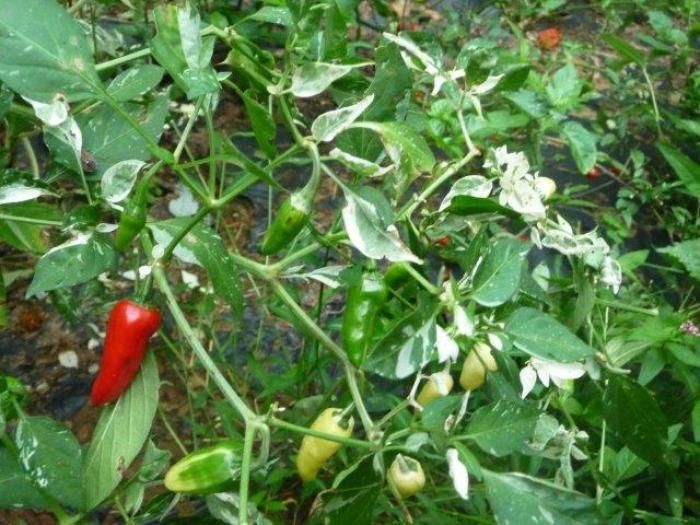
I heard about the Baltimore fish pepper years before I grew it; having come across it in a reference when I was researching The Chile Pepper Book with Carolyn Dille. Then I read about it again in William Woys Weaver’s impressive Heirloom Vegetable Gardening, which I purchased in 1997 when it was published. He describes this African-American heirloom as a mutation of a serrano pepper, which predates the 1870s. His grandfather, Horace Pippin, was given the seed, which came from somewhere near Baltimore. Fish pepper got its name because it was used with fish and shellfish. In the latter part of the 19th century and early 20th century, it was grown and used by African-American cooks for use with seafood–from crabs and oysters to terrapin–most especially in cream sauces. Weaver explains, “It was one of those “secret” ingredients favored by cooks and caterers to spike a recipe with invisible heat, for the Fish Pepper was used primarily when it was white, and it could be dried to retain that color.” The chiles were grown from Baltimore to Philadelphia, in the Mid-Atlantic and the region surrounding the Chesapeake Bay. Sometimes this chile is referred to as the Baltimore Fish Pepper.
Fish peppers are described in the Monticello catalog, “Named for their use as a seafood seasoning in urban regions of the mid-Atlantic region, oral traditions trace the Fish Pepper to 19th century African-American gardening and culinary usage. Although it was mentioned in numerous cookbooks of the early 1900s, it fell out of favor during the mid 1900s, and now thanks to the promotion of collecting and saving of heirloom seeds, it is available again. It was first offered by William Woys Weaver in 1995 through the Seed Savers Exchange yearbook.
I had been thinking of acquiring some seed for Fish Peppers ever since I tasted, and have now consumed numerous bottles of Snake Oil, Woodberry Kitchen’s version of hot pepper sauce made with locally grown fish peppers, aged and made on the premises (www.woodberrykitchen.com). This pungent sauce is addictive. I spoke with one of the growers, Denzel Mitchell of Five Seeds Farm, who provides Woodberry Kitchen with garden produce and some fish peppers. He first grew them about 5 years ago with seed from Landreth, in his garden plot in Baltimore and sold about 15 pounds of them to WK. This year, he expanded his farm and he grew over 300 pounds and hopes for 500 pounds next season. So, last summer, I was delighted to find my neighbor, Denise Sharp of Sharp Farm grew the plants for sale, and I transplanted four of them in with my other hot peppers.
The plants were planted about 18- to 24-inches apart in full sun in loamy garden soil. They were staked, like the rest of the chile pepper plants in the garden and grew to be about 2-feet tall. The plants were a bright spot in the pepper garden with their variegated, green-and-white-mottled leaves and colorful chiles. Vigorous growers, they produced a bountiful pepper crop. Upon inspection, the chiles start off a creamy, pale yellow with light green stripes, then they get darker yellow with green stripes and some appear limey green. They move onto orange with dark green stripes and finally red, when fully mature, most lose their stripes. Peppers are about 2 1/2 to 3-inches in length and are of a medium hot pungency; I’d say they are a bit hotter than a serrano.
If sowing seed, start them 6 to 8 weeks before the last frost; they take about 80 days to maturity. Since fish peppers cross easily as do most peppers, if saving seed, William Woys Weaver suggests “Keep the plants within 15 feet, or better, plant them 3 feet apart in a square so that there is maximum cross pollination… Keep it at least 500 feet from other peppers in the vicinity, and select plants from the last seeds to germinate.”
“Capsicum annuum var. annuum is available from the following seed companies:
Baker Creek www.rareseeds.com
Burpee www.burpee.com
Landreth Seeds www.landrethseeds.com
Local Harvest www.localharvest.org
Monticello Catalog www.monticellocatalog.org
Seed Savers Exchange www.seedsavers.org
Sustainable Seed Company www.sustainableseedco.com
For plants in the Baltimore area, contact:
Denise Sharp www.sharpfarm.com
Denzel Mitchell www.fiveseedsfarm.com
Whether you grow these chiles for their pungency, for their variegated foliage, as a showy and conversational container plant, or out of curiosity, you will be glad that you did!
Fine Gardening Recommended Products

A.M. Leonard Deluxe Soil Knife & Leather Sheath Combo
Fine Gardening receives a commission for items purchased through links on this site, including Amazon Associates and other affiliate advertising programs.
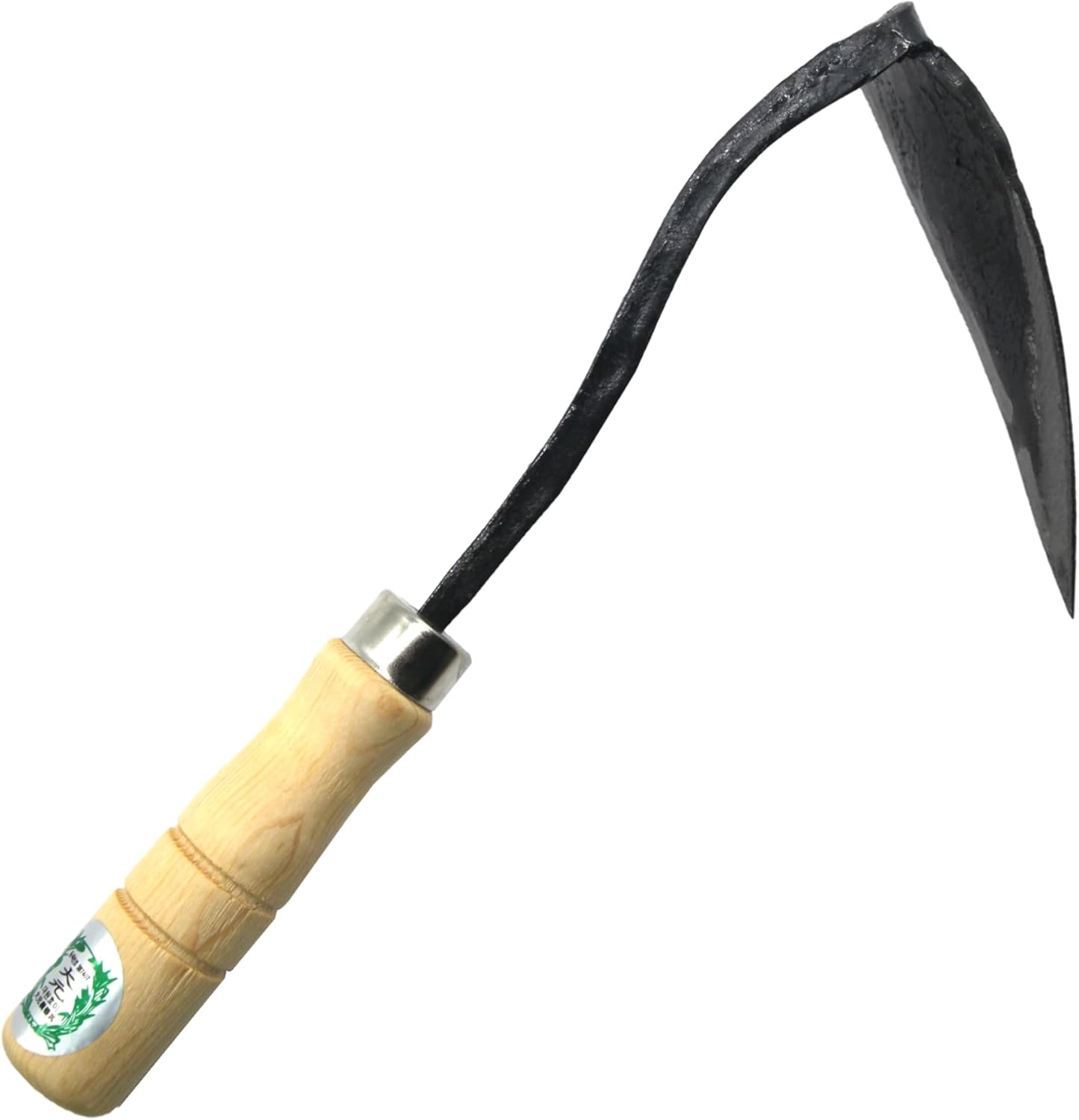
Ho-Mi Digger - Korean Triangle Blade
Fine Gardening receives a commission for items purchased through links on this site, including Amazon Associates and other affiliate advertising programs.
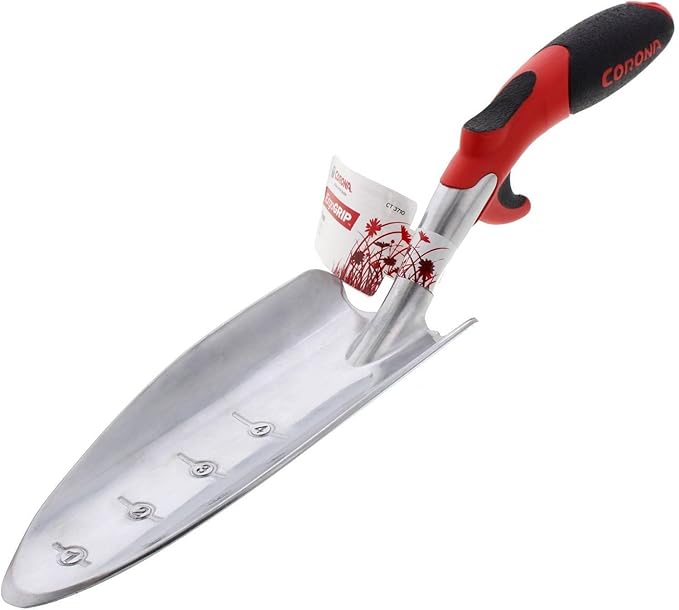
Corona E-Grip Trowel
Fine Gardening receives a commission for items purchased through links on this site, including Amazon Associates and other affiliate advertising programs.


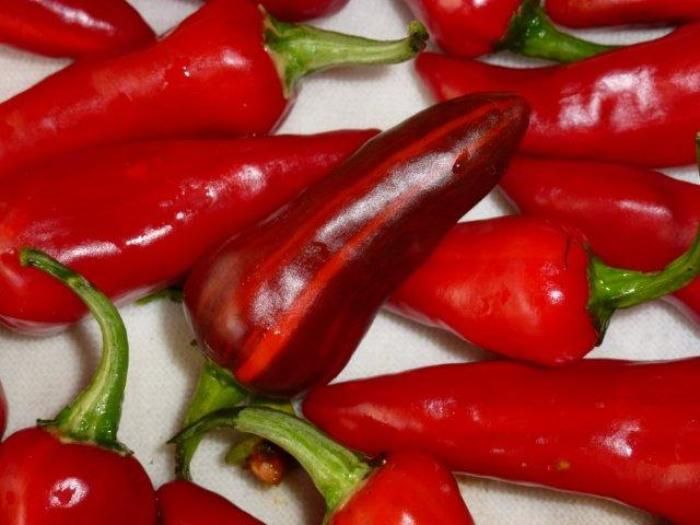
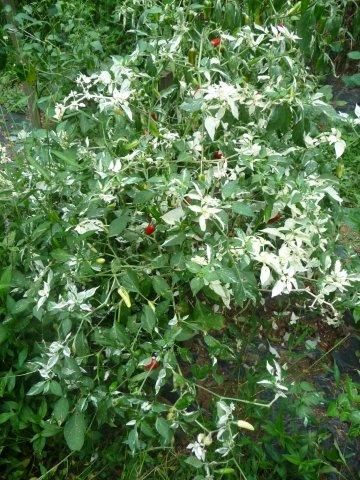
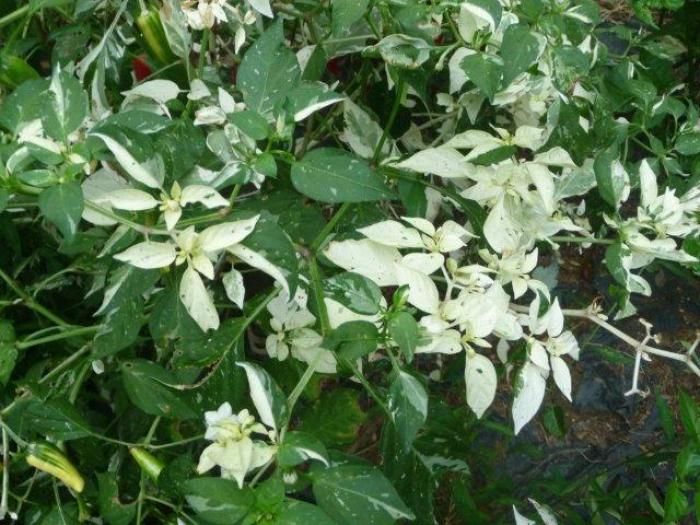
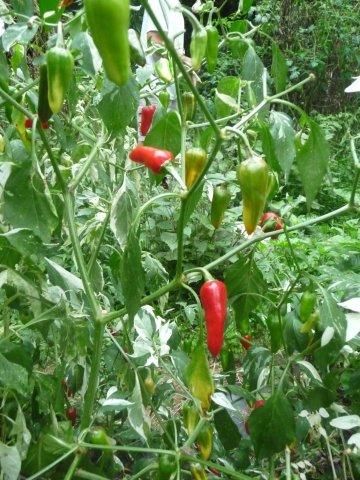
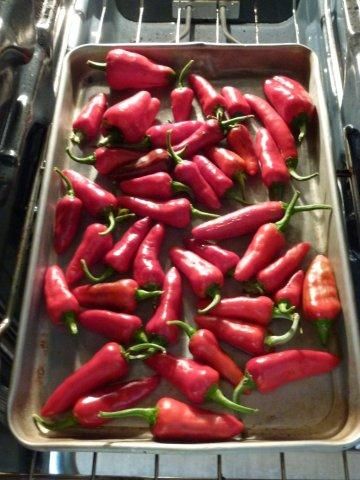
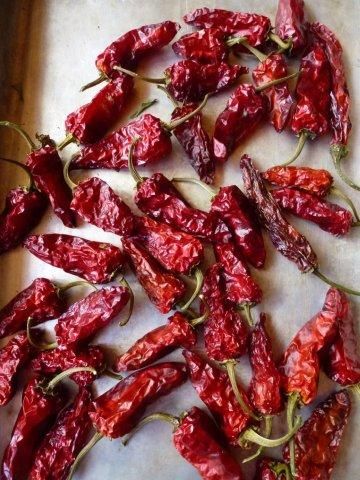
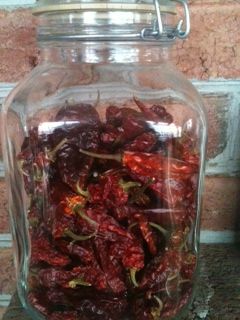





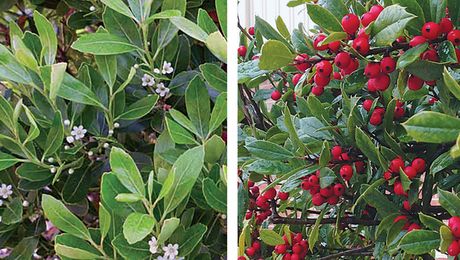












Comments
Log in or create an account to post a comment.
Sign up Log in